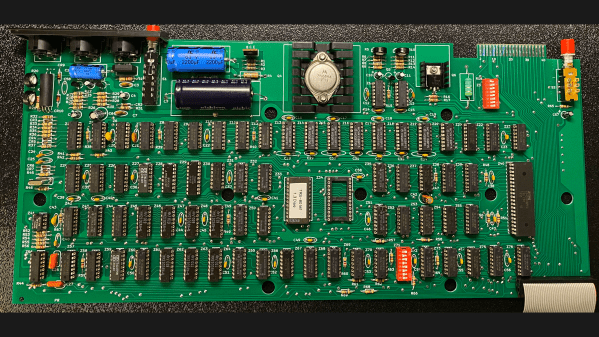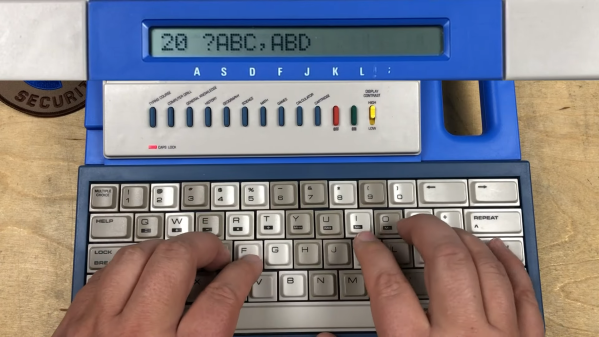Back in the days of 8-bit computers, like no doubt many readers of similar age, we wrote little games. First in BASIC, then augmented with little machine code speed-ups. We didn’t come close to [Óscar Toledo Gutiérrez] though, who’s reverse engineering a 2K all-machine-code game he wrote back in 1990. As a tale of software archaeology it’s fascinating.
The game itself is an avoid-the-monsters platformer with plenty of ladders for the little sprite-based protagonist to run down. The computer was a Mexican homebrew educational machine with a TMS9118 display chip and an AY-3-8910 synthesizer, so the result had both color and music. His run through the code breaks it down neatly into individual sections, so it’s possible to see what’s going on without an in-depth knowledge of machine code.
He readily admits it bears all the hallmarks of an 11-year-old’s knowledge at the time, and that it has some parts less elegant, but nevertheless it’s something of an achievement at any age. It was out of date gameplay-wise in 1990 but in 1982 it could probably have been bought on a tape by eager kids. Here in 2024 he’s got it for download should you have a Colecovision or an MSX. There’s a gameplay video below the break, take a look.


















